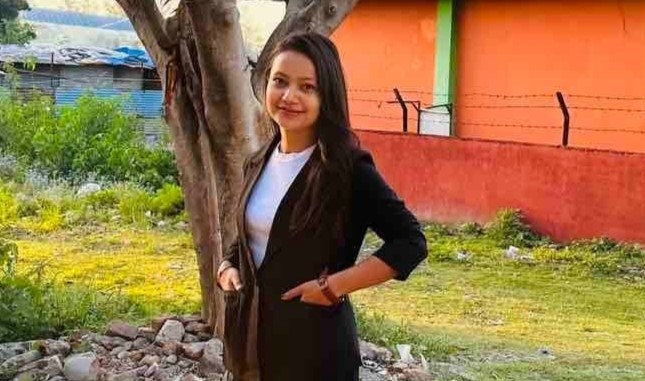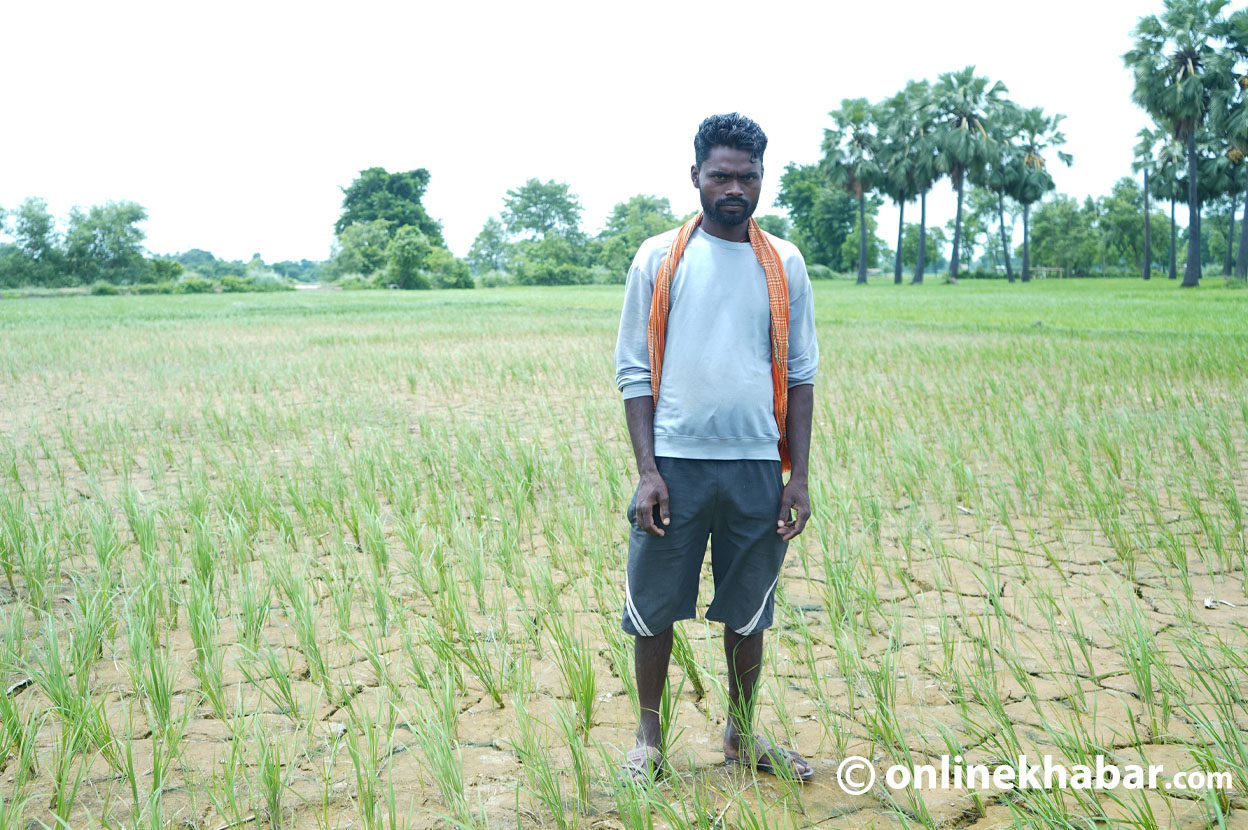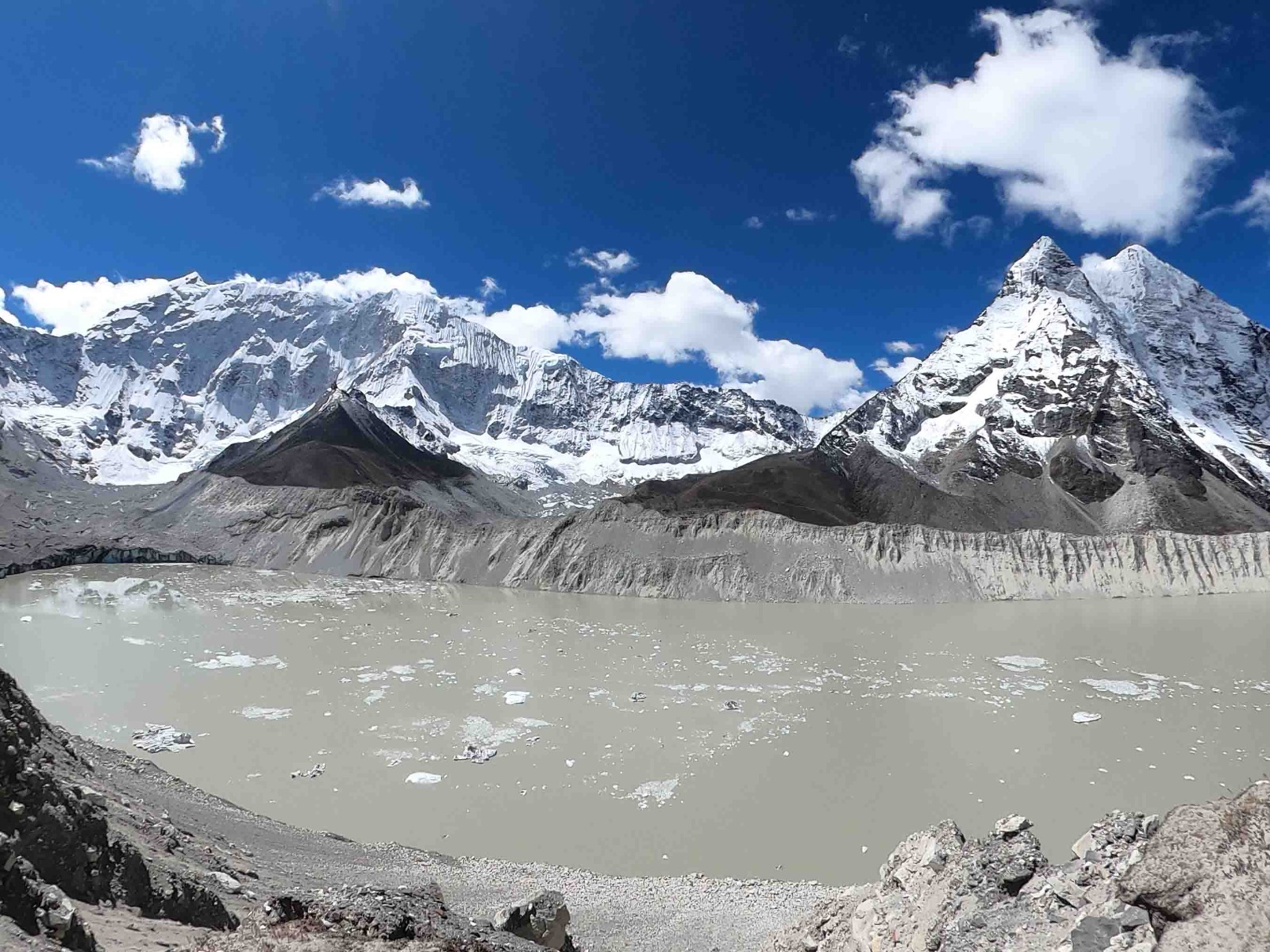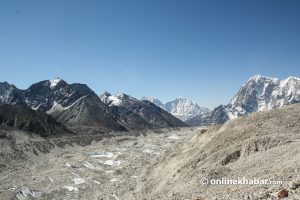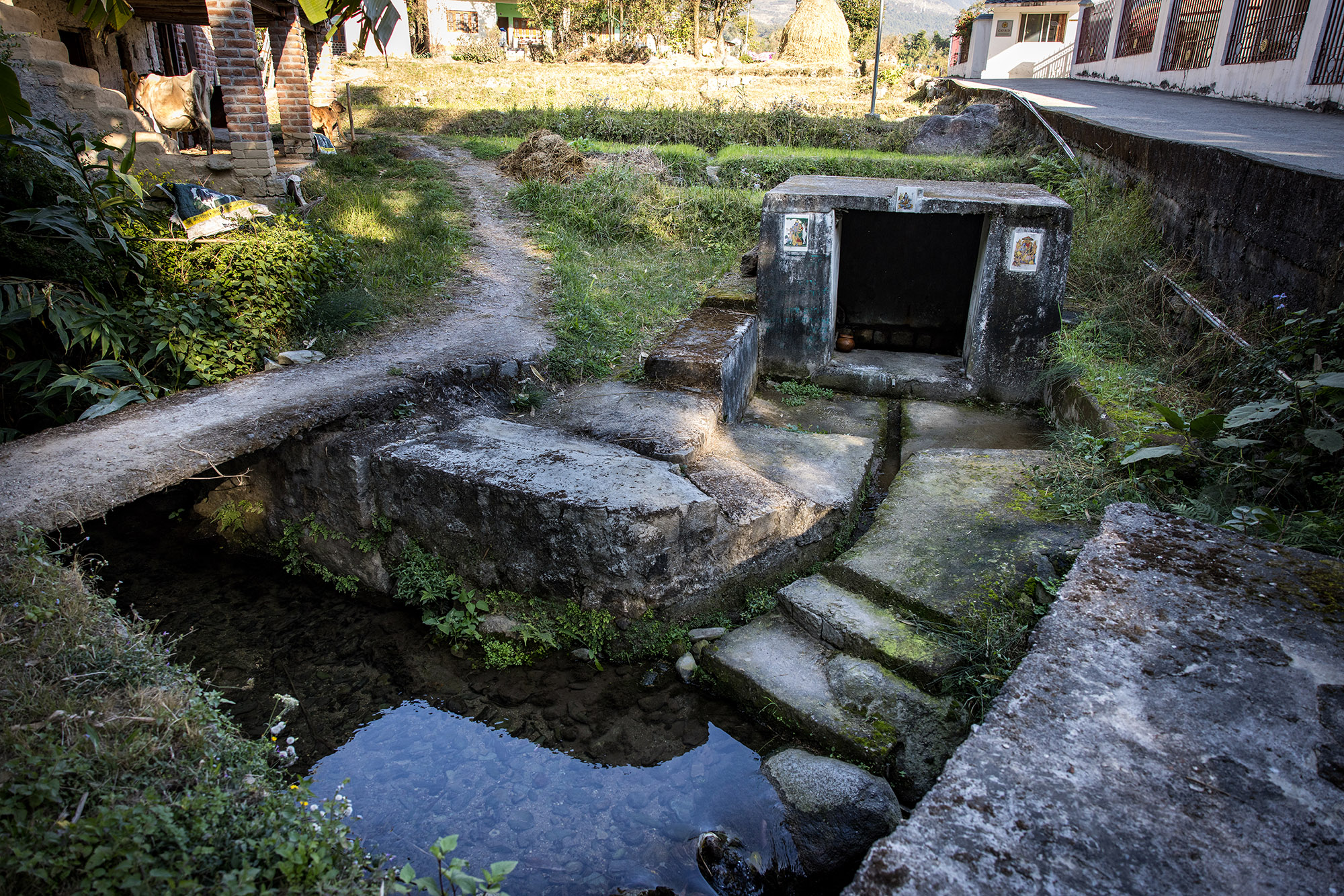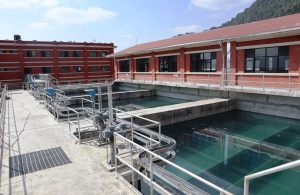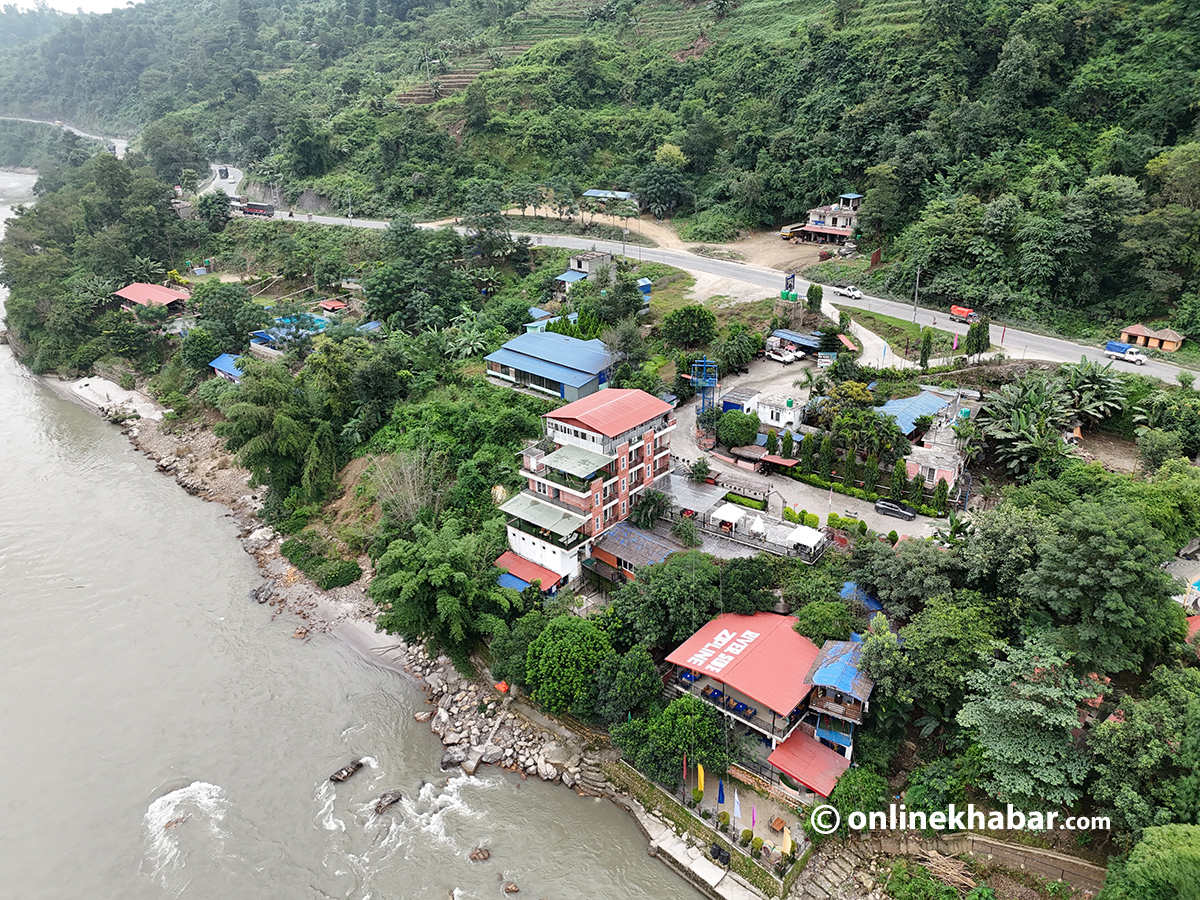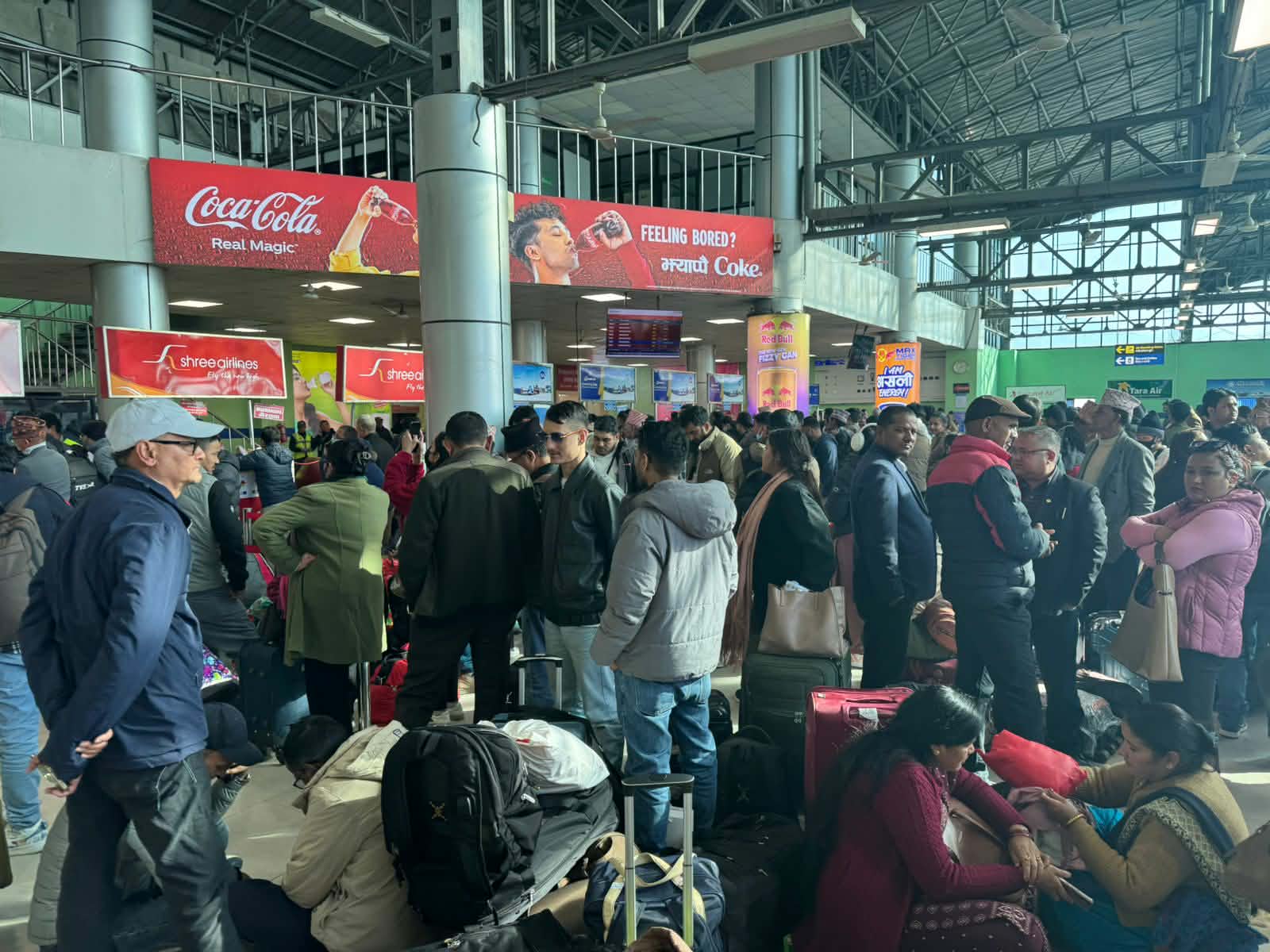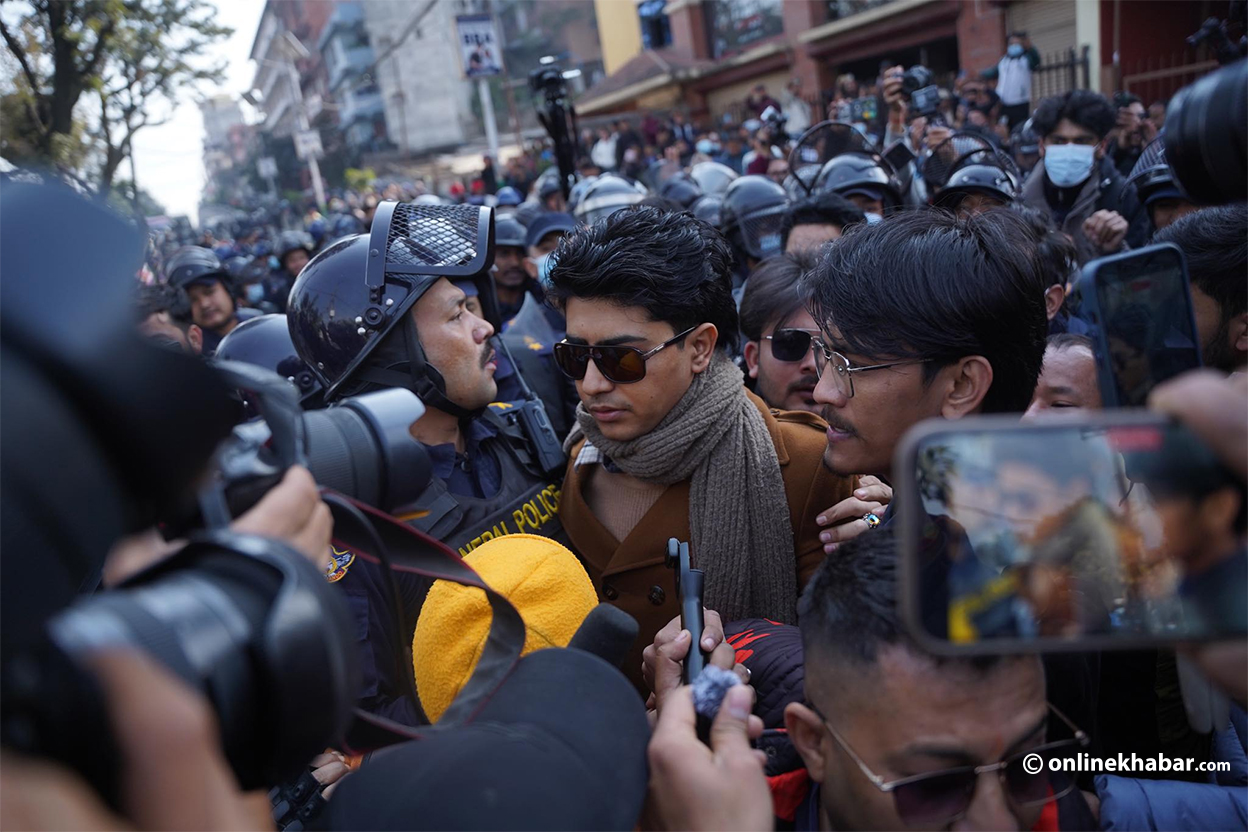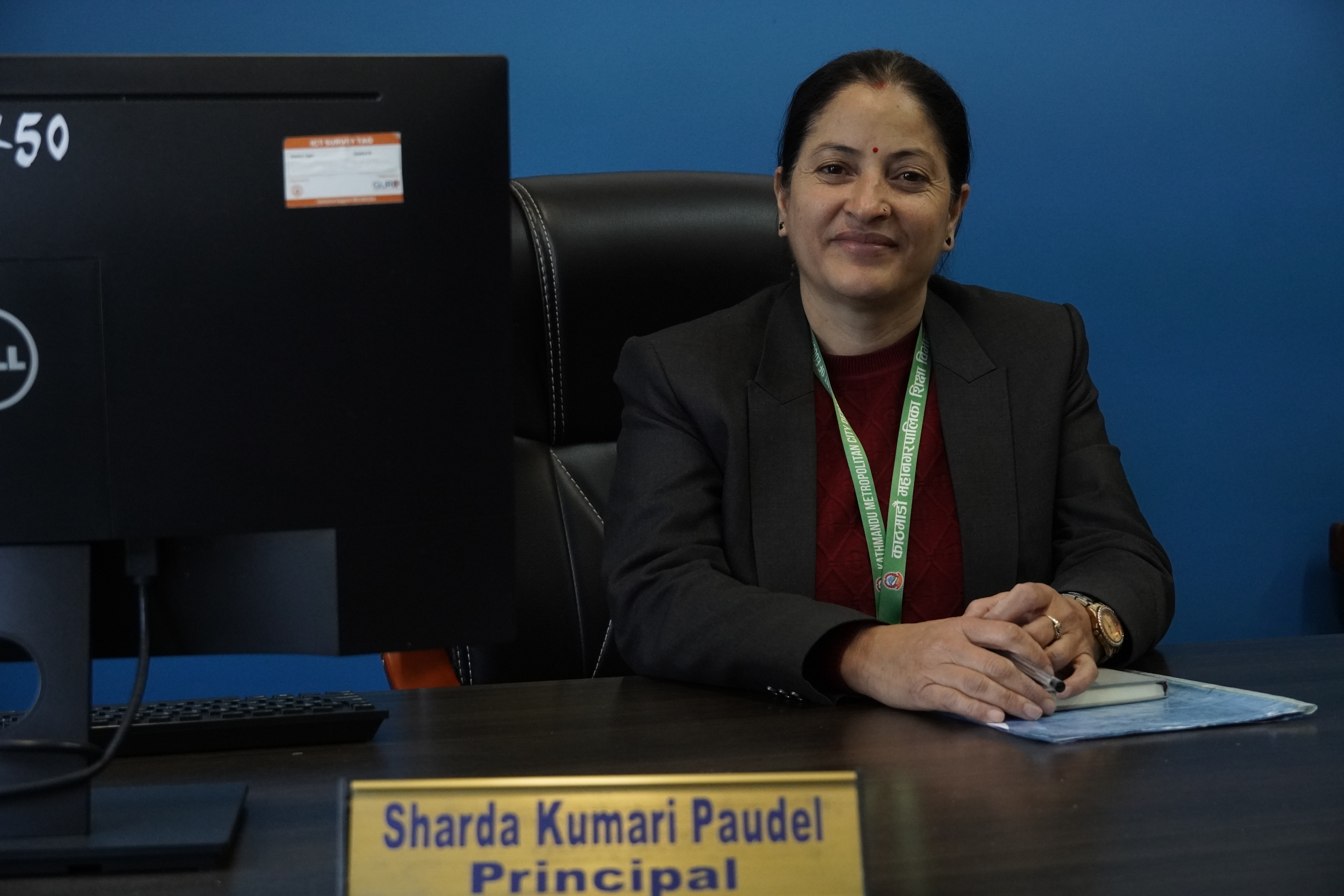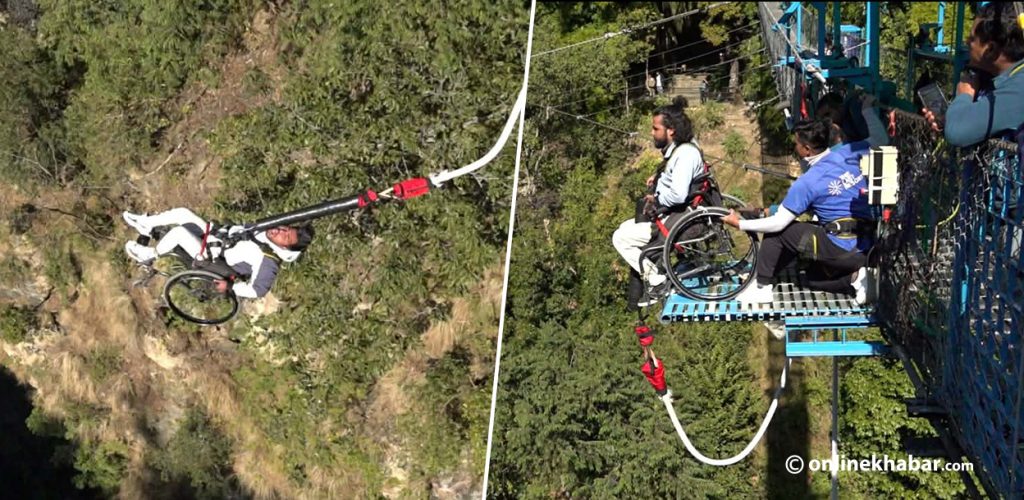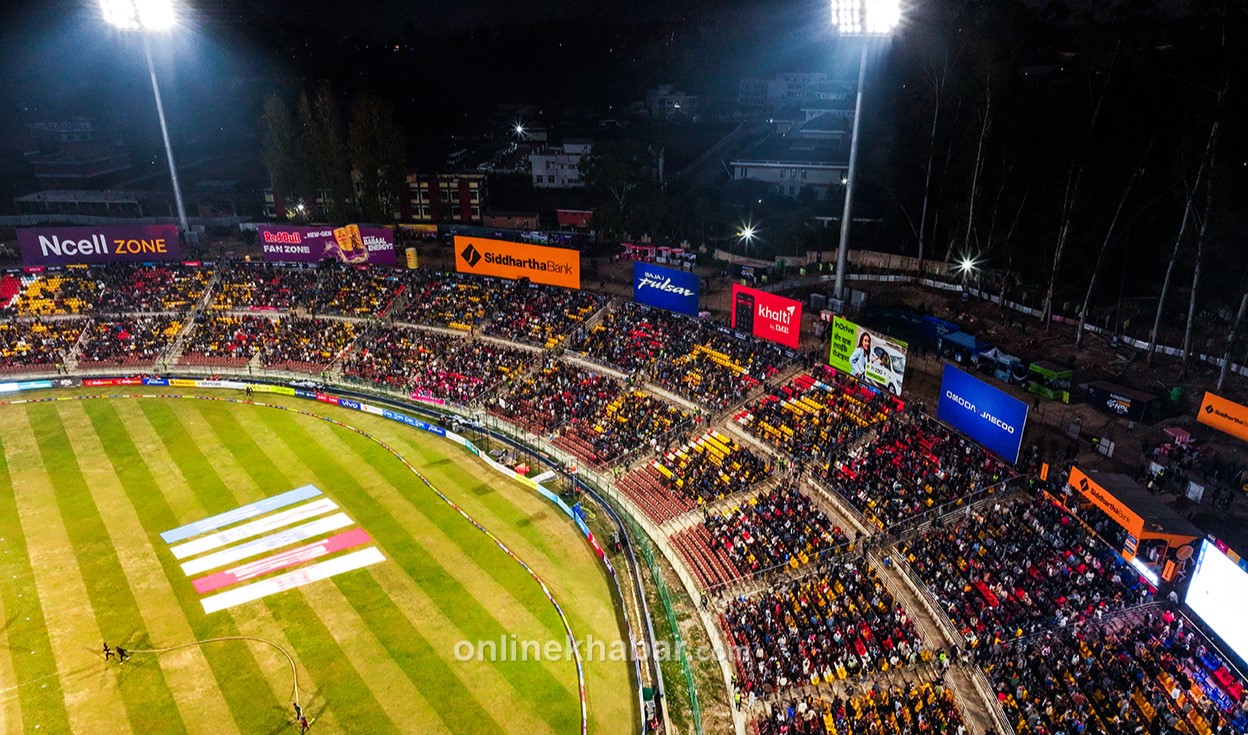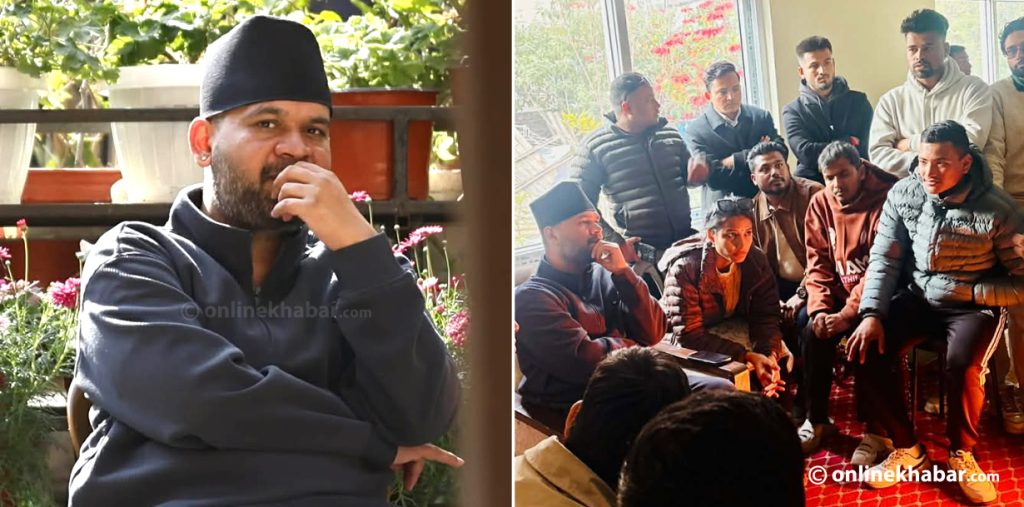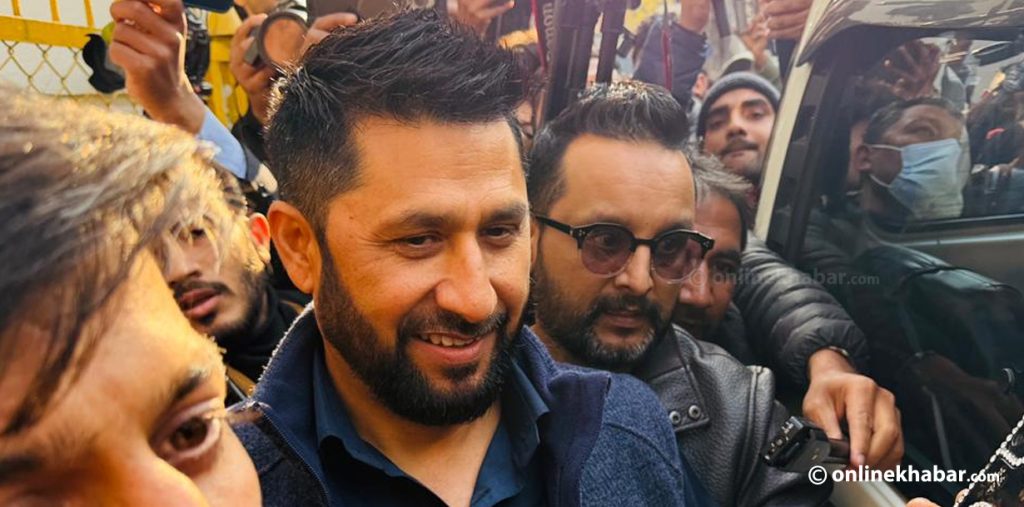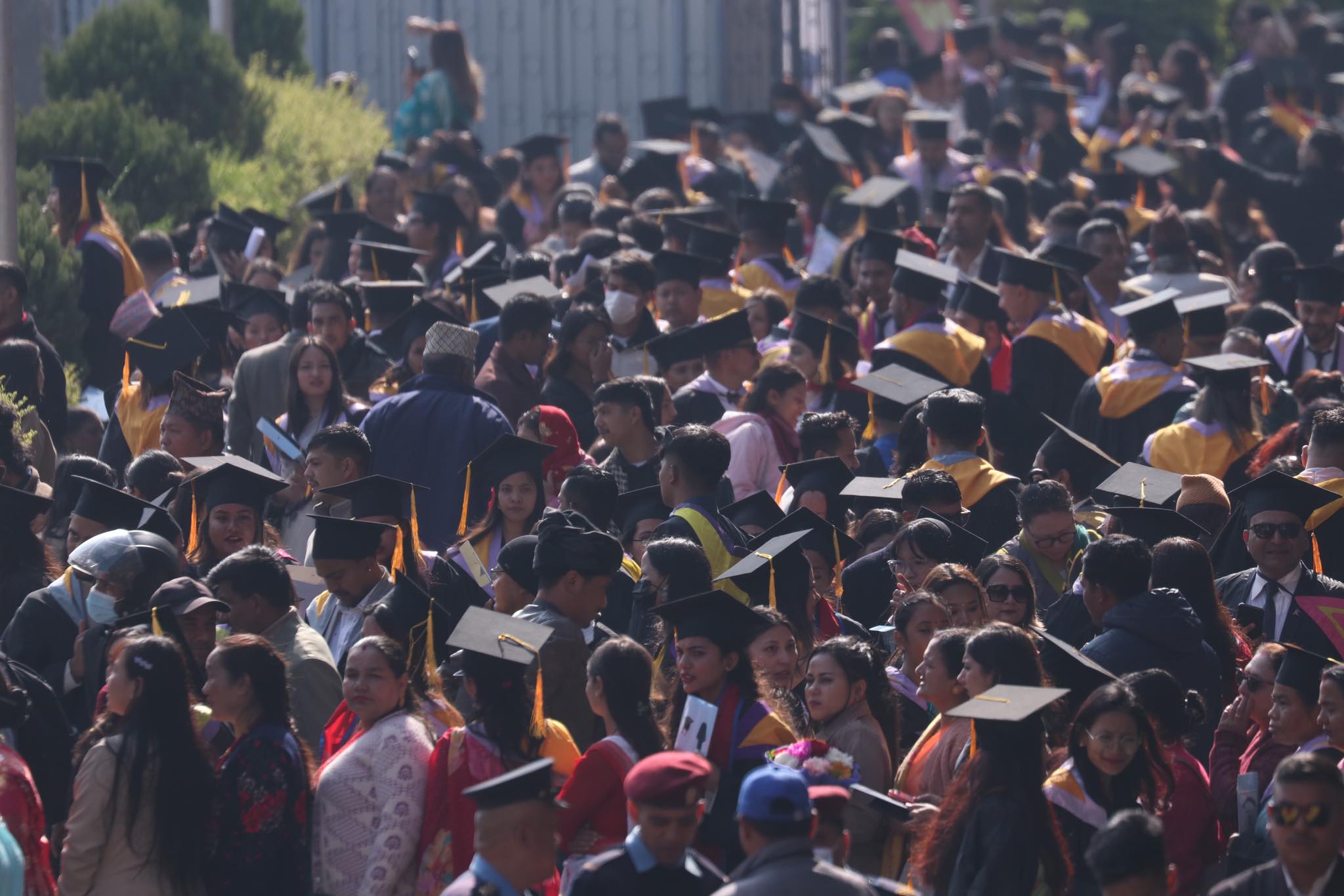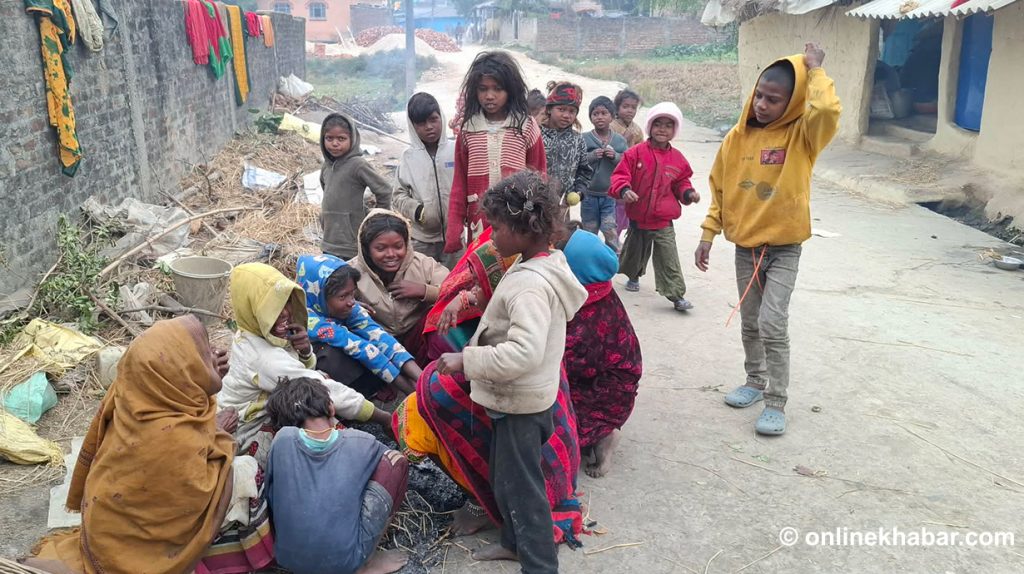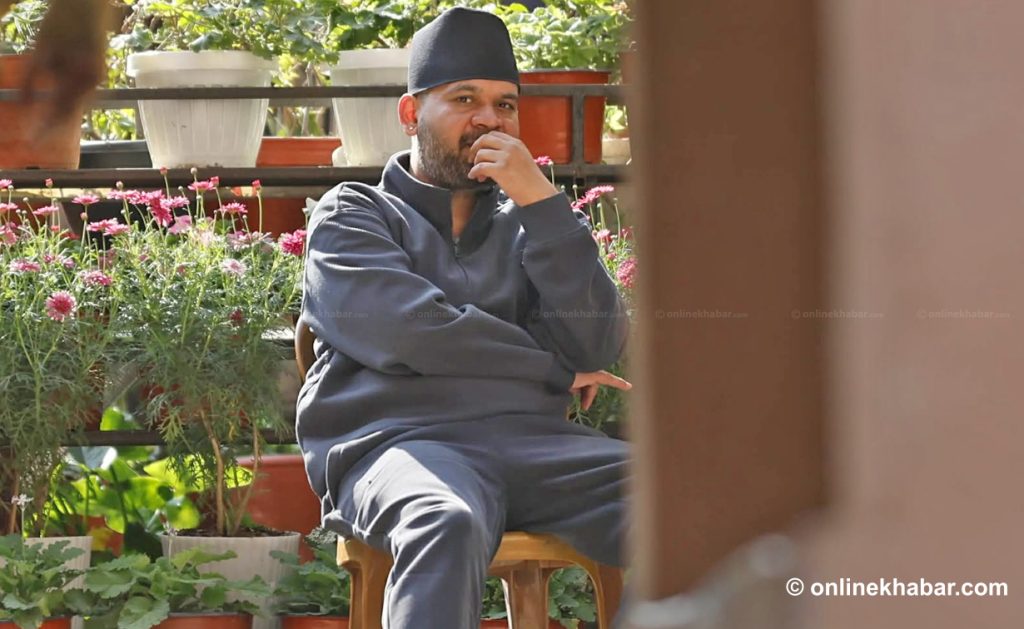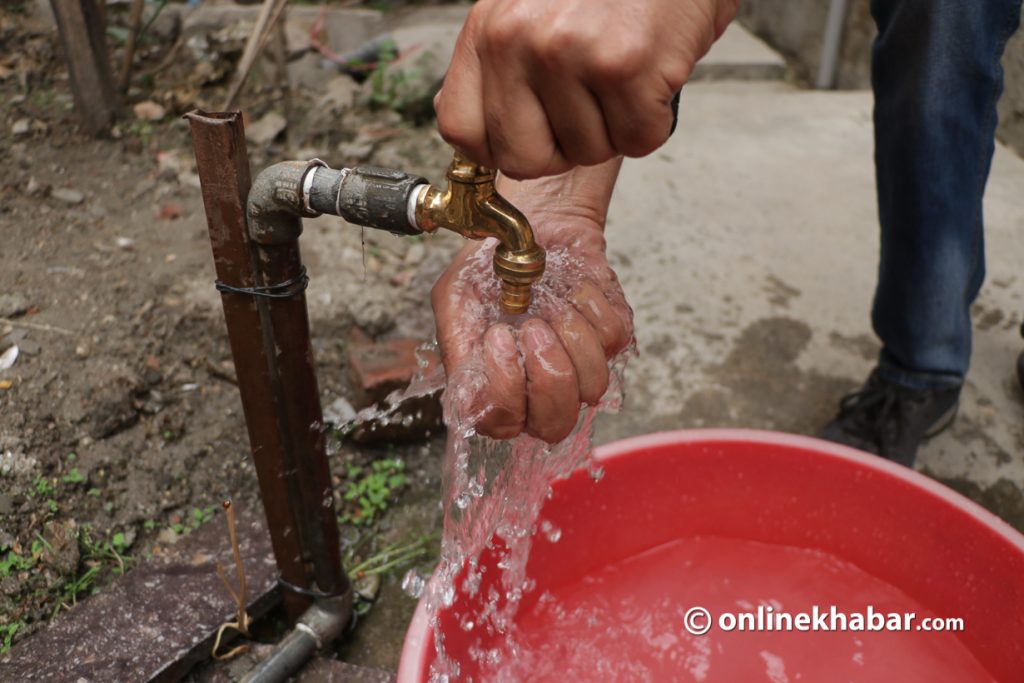
Nepal, a country blessed with numerous rivers and snow-fed streams, is often described as rich in water resources. However, we utilise less than 7% of this abundance, i.e., 7 cups out of every 100 cups available annually. According to the Water and Energy Commission Secretariat in 2011, numerical utilisation is about 15 of the available 225 billion cubic meters per year. This is where the paradox lies. Despite having so much water around us, we continue to suffer from water challenges. Each year we experience water scarcity, floods and droughts even during the monsoon season. The problem is not just about having water, but how we manage, store, and distribute it. How do we sustainably manage it.
Headlines about “water scarcity” remind us that safe and clean drinking water is still a privilege. The majority of households in cities rely on tanker deliveries, bottled water, or private taps, with no guarantee that they are always reliable. The quality is compromised because of contaminants, microplastics, or pathogenic microbes. The consequences are deadly, as most impacted are young children under age five, with about 44,000 dying every year in Nepal. A number that speaks for itself. In rural areas, the situation is even worse. Women and children walk for hours, carrying jars or buckets, only to bring back some water for the day.
The shortage isn’t just for drinking water. Fields dry up, crops die, and farmers lose more and more each season. This has a chain effect,i.e, food prices go up, incomes fall, and more families face poverty or are forced to leave their homes in search of work. Research mentions that in the eastern region, drought led to a 30% drop in rice production, while severe floods in the western regions each year wipe out crops worth millions.
However, when monsoon rains are heavy, the absence of adequate floodwater control or storage systems results in tremendous damage, causing roads, farms, and homes to be washed away. Every year, families who live close to rivers, particularly in the Terai, suffer the most. The damage to life, animals, homes, fertile land, and infrastructure adds up to millions of rupees each year. The water lesson is clear. Abundance does not guarantee security. Without better water management, we risk living in a pool of water but thirsting and flooding at the same time.
Nepal is not alone in this struggle. A 2024 UN report revealed that over 75% of the world’s land areas have experienced increased dryness over the past 30 years, a slow and silent change that scientists call a “slow-onset silent killer.” This global shift is being driven by climate change, rapid population growth, and unsustainable land use. It is making countries everywhere rethink how they use, protect, and value water.
Learning from others
Countries facing extreme water challenges have adopted innovative approaches. Singapore, with almost no or just limited natural freshwater sources (rivers, springs, etc), recycles wastewater to drinking standards through its NEWater programme, while also harvesting rain as Two-thirds of its surface area is used for rainwater storage and desalinating seawater.
The “Room for the River” project in the Netherlands seeks to give rivers more space to manage rising water levels, allowing flooding in managed areas. Instead of solely relying on traditional dike reinforcement. Meanwhile, China introduced the “Sponge City” concept in 2015, designed to absorb and manage rainwater through permeable surfaces, restored wetlands, and green infrastructure.
Israel reuses 85% of its wastewater for agriculture and employs drip irrigation to grow crops in arid landscapes. In India, traditional water conservation systems such as johads in Rajasthan have been revived, Chennai has made rainwater harvesting mandatory, and the Namami Gange project is working to clean the Ganga River. Bangladesh uses mangrove forests, raised homesteads, and flood shelters to save lives during cyclones.
Elsewhere, Australia and California have responded to recurring droughts with measures including smart water pricing, community-based management, and early warning systems for farmers. In Central Asia, a seven-year FAO project introduced drought-tolerant crops and advanced technologies, increasing yields and incomes while conserving resources.
Progress at home
Nepal has attempted to address water challenges through river-cleaning campaigns, wetland protection, groundwater recharge programmes, and collaboration with international agencies. Technologies such as remote sensing, drones, citizen science approach, weather forecast, modelling, early warning systems, water quality analysis and Internet of Things (IoT), etc., are increasingly being suggested and adopted more and more to conserve water and manage associated risks. International Agencies, Academia, civil society organisations, and the private sector are collaborating with government agencies to protect and better manage water resources. However, these initiatives remain scattered, and scaling them up will require sustained investment and coordination.
Nepal has outlined its commitment to water conservation and climate adaptation in the National Adaptation Plan, annual budgets, SDGs targets and so on. The country is allocating billions of Nepali rupees to various programs and continues to advocate for international climate funds. Initiatives such as the high-level global dialogue “Sagarmatha Sambad” have already proven successful. Moving forward, strong international partnerships, effective policy implementation, and active community participation will be crucial to achieving water and climate targets.
The way forward
Nepal already has skilled professionals in academic as well as practical fields. Their suggestions need to be actively listened to in national policy-making and facilitate opportunities for research. This is because development is not only about building infrastructure, but it also requires investing in knowledge and innovation. Countries like the USA, China, Japan, and Sweden spend 3–6% of their GDP on R&D, while Nepal allocates only 1–2% of its annual budget. Most studies and innovative solutions end up documented but fail to reach the decision-makers.
Moving forward, community-led monitoring, integrated water and disaster planning, the use of modern tools and technologies, planning and working together instead of playing the blame game can be real game-changers. Structural and non-structural measures include constructing multi-functional water reservoirs that store excess water during floods and release it during dry periods, implementing climate-smart adaptation practices, adopting nature-based solutions, adjusting plantation patterns, and planting drought or flood-resistant species (practices already piloted in the western Terai). Public education on forecasts and available tools, along with active community participation, are also essential components of effective water management.
Globally, countries have shown that extreme water challenges can be addressed through innovation, careful planning, and cooperative governance. For Nepal, the key is to adapt these global lessons to local realities, ensuring that water is available in the right amount, at the right time, and in the right place. By combining traditional practices with modern strategies, Nepal can better prepare for both recurring droughts and devastating floods.


